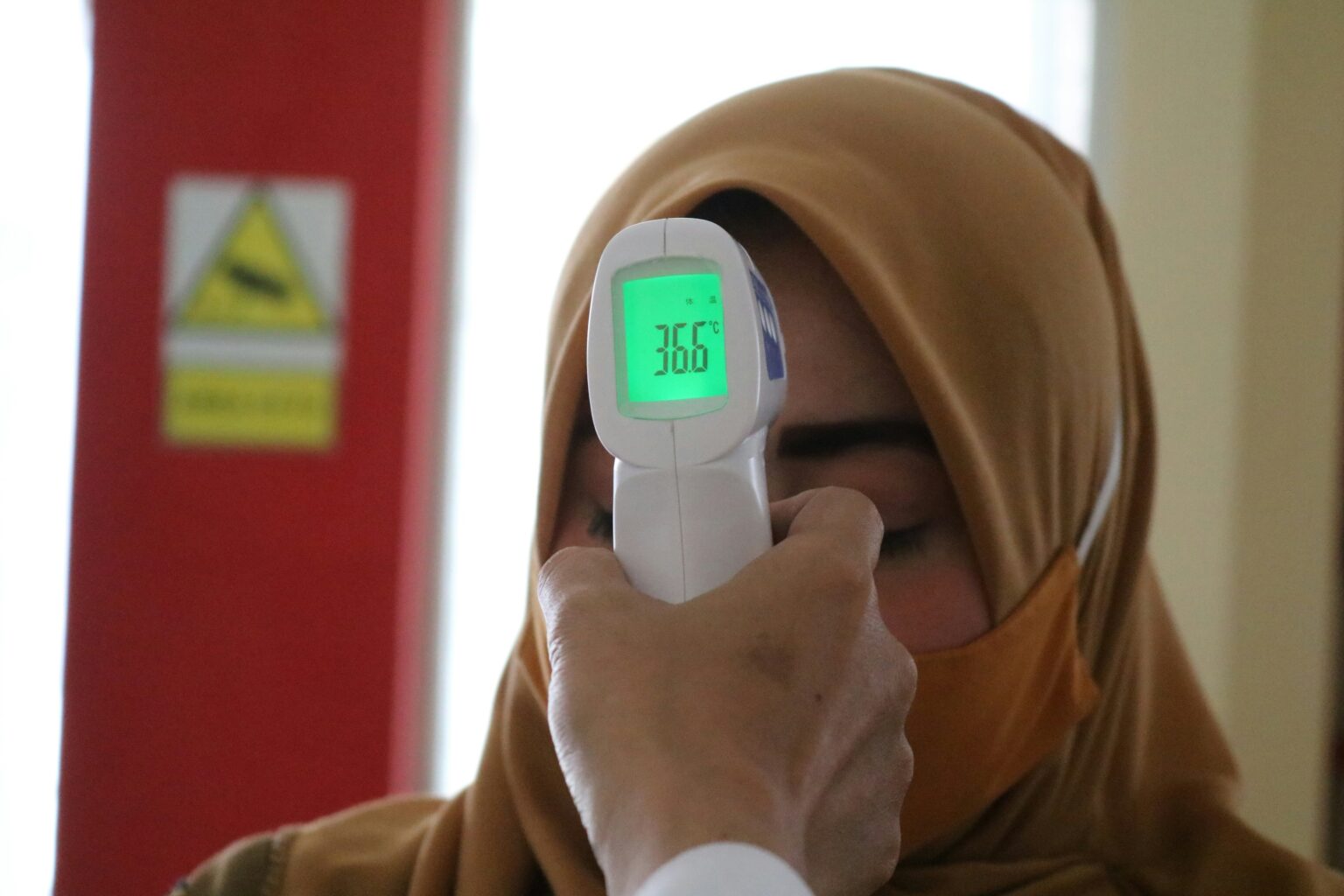Introduction 36.8 c to f
When it comes to our health, few things are as important as understanding body temperature. Did you know that 36.8 c to f is a crucial benchmark? This seemingly simple number can mean the difference between feeling perfectly fine and having a fever. As temperatures fluctuate throughout the day, knowing what constitutes a normal range—and when you’re veering into fever territory—is essential for maintaining your well-being. Let’s dive deeper into what 36.8 c to f translates to in Fahrenheit and explore its significance in monitoring our health effectively.
Understanding Body Temperature
Body temperature is a crucial indicator of our health. It reflects how well our body maintains its internal environment despite external changes.
Typically, a normal body temperature ranges from about 36 to 37.5 degrees Celsius (97 to 99.5 degrees Fahrenheit). However, this can vary based on several factors like time of day and activity level.
When measuring body temperature, it’s essential to consider the method used—oral, rectal, or underarm—as each may yield different results.
The body’s thermoregulation process keeps temperatures stable through mechanisms such as sweating and shivering. This balance helps ensure that vital processes function optimally.
Understanding the nuances of body temperature can help individuals recognize when something might be amiss with their health. Monitoring it regularly provides valuable insights into overall well-being.
What is a Fever 36.8 c to f?

A fever is defined as an increase in body temperature, often signaling that the body is fighting off infection or illness. At 36.8 c to f, which converts to approximately 98.2°F, you’re within a normal range.
However, any reading above this can indicate a problem. A typical threshold for fever begins at around 38°C (100.4°F). When your body temperature exceeds this point, it may be reacting to various factors such as infections or inflammatory processes.
Fever serves as a natural defense mechanism. It helps enhance immune system performance while making the environment less favorable for pathogens.
Understanding these nuances is essential for proper health management and response when symptoms arise. Always pay attention if temperatures continue to rise beyond normal levels; they might lead you down the path of seeking medical advice if necessary.
The Importance of Monitoring Body Temperature
Monitoring body temperature is crucial for maintaining good health. It acts as an early warning system for potential illnesses. A slight increase can signal the onset of a fever, allowing you to take action promptly.
Regular checks help track any fluctuations in your body’s normal range. This awareness can lead to timely interventions, preventing minor issues from escalating into serious conditions.
In particular, keeping tabs on temperature is vital during flu season or when experiencing symptoms like fatigue and chills. For vulnerable populations such as infants and the elderly, even a small change might indicate something more severe.
Using reliable thermometers ensures accurate readings. With so many options available today, it’s easier than ever to monitor your health regularly. Staying proactive about body temperature can make all the difference in your wellness journey.
Converting Celsius to Fahrenheit 36.8 c to f
Converting Celsius to Fahrenheit can be straightforward, especially when dealing with common temperatures like 36.8 c to f.
To convert this temperature, you can use the formula: multiply by 9/5 and then add 32. This gives a clear path from Celsius to Fahrenheit.
When you input 36.8 into the equation, it becomes (36.8 × 9/5) + 32. Doing the math yields around 98.2°F.
Why is this conversion important? Understanding body temperature readings in both scales helps us communicate effectively about health concerns across different regions and medical practices.
Staying informed about these conversions empowers individuals to monitor their health more accurately, particularly when fever is suspected or measured on differing thermometers that may use one scale over another.
Common Causes of a High Body Temperature
A high body temperature can signal various underlying issues. The most common culprit is an infection, whether viral or bacterial. Your immune system ramps up the heat to fight off these invaders.
Inflammatory conditions also play a role. Diseases like rheumatoid arthritis can cause the body to react with increased warmth and discomfort.
Heat exhaustion is another significant factor. Prolonged exposure to high temperatures without proper hydration can lead your body’s thermostat to rise dangerously.
Certain medications may trigger fever as a side effect, especially antibiotics and drugs used for seizures.
Overactive thyroid glands might elevate your temperature continuously due to excess hormone production. Each of these causes emphasizes the importance of paying attention when experiencing elevated readings in body temperature.
When to Seek Medical Attention 36.8 c to f
Recognizing when to seek medical attention for a fever can be crucial. If your body temperature exceeds 36.8 c to f (98.2°F), and you experience additional symptoms, it may warrant a doctor’s visit.
Look out for persistent high temperatures, especially if they rise above 38°C (100.4°F). Accompanying signs like severe headaches, difficulty breathing, or chest pain should never be ignored.
Young children and infants are particularly vulnerable. A fever in a newborn under three months requires immediate medical consultation regardless of the reading.
If you have pre-existing health conditions or weakened immunity, don’t hesitate to reach out for guidance as even mild fevers might indicate something more concerning.
Always trust your instincts; if something feels off with your health, it’s best to err on the side of caution. Seeking professional advice ensures you’re taking appropriate steps toward recovery.
Tips for Managing a Fever at Home
Managing a fever at home can be straightforward with the right approach. Start by ensuring that you stay hydrated. Drink plenty of water, herbal teas, or clear broths to replenish lost fluids.
Rest is crucial. Your body needs energy to fight off whatever is causing the fever, so listen to your body and take it easy.
Using a cool compress on your forehead can provide relief. It helps lower your temperature and offers comfort during uncomfortable moments.
Over-the-counter medications like acetaminophen or ibuprofen can help reduce fever symptoms. Always follow dosage instructions carefully.
Dress in lightweight clothing and keep the room at a comfortable temperature; avoid heavy blankets when feeling hot but do cover up if chills occur.
Monitoring your temperature regularly ensures you’re aware of any significant changes as well, allowing for timely decisions regarding care.
Conclusion
Understanding the nuances of body temperature is crucial for maintaining health. Knowing that 36.8 c to f (98.2°F) marks a normal baseline helps in identifying when something is amiss.
A slight rise can signal an underlying issue, while persistent high temperatures warrant attention.
Effective management and awareness can empower you to respond appropriately to fluctuations in your health.
Remember, fever isn’t just a number—it’s your body’s way of communicating its needs.
Staying informed provides peace of mind and promotes better health outcomes.
FAQs
Q: What is considered a normal body temperature?
A: Normal body temperature typically ranges from 36.1°C to 37.2°C (97°F to 99°F). Individual variations can occur based on factors like age, sex, and time of day.
Q: Is 36.8 c to f a fever?
A: No, 36.8 c to f (98.2°F) is generally not considered a fever. A fever typically starts at around 38°C (100.4°F).
Q: How do I convert Celsius to Fahrenheit easily?
A: To convert Celsius to Fahrenheit, you can use the formula: °F = (°C × 9/5) + 32. For example, for 36.8 c to f: (36.8 × 9/5) + 32 = approximately 98.2°F.
Q: What are some home remedies for managing a mild fever?
A: Stay hydrated by drinking plenty of fluids, rest as much as possible, take over-the-counter medications like acetaminophen or ibuprofen if needed, and keep your environment cool with light clothing.
Q: When should I see a doctor about my temperature?
A: If your body temperature exceeds about 38°C (100.4°F), particularly if there are additional troubling symptoms such as severe headache or difficulty breathing, it’s wise to contact healthcare professionals immediately.
Q: Can stress cause an increase in body temperature?
A: Yes, stress can lead to temporary increases in body temperature due to adrenaline release and other physiological responses associated with anxiety or tension.
Q: Is it safe for children to have fevers below certain degrees?
A: Generally speaking, low-grade fevers in children may not be harmful but monitoring their overall condition is crucial—consulting a pediatrician when uncertain is always advisable.
Understanding these aspects empowers you regarding your health and helps ensure timely action when necessary!

















